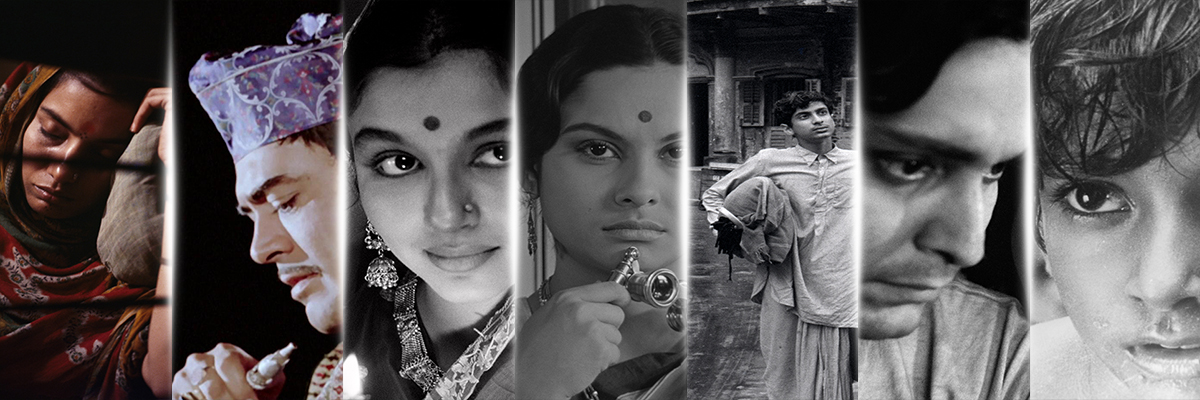
Top 7 Satyajit Ray Movies
Satyajit Ray is not just a name in Indian cinema; he is a monumental figure whose work transcends geographical and cultural boundaries. Renowned for his profound storytelling, meticulous attention to detail, and deep understanding of human psychology, Ray’s films have left an indelible mark on the world of cinema. Over his expansive career, he directed numerous films that are celebrated for their artistic merit and social commentary. In this article, we will delve into seven of Satyajit Ray’s most significant films, exploring their themes, impact, and the unique elements that make them timeless masterpieces.
1. Pather Panchali :
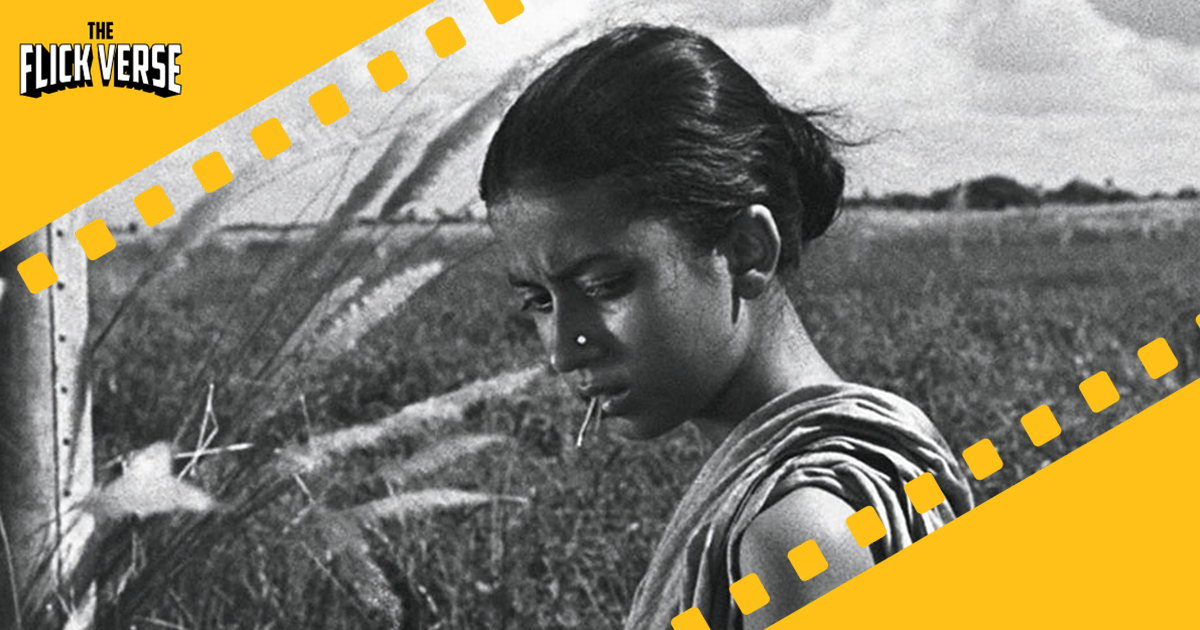
Overview
“Pather Panchali,” Ray’s debut film, is based on the novel of the same name by Bibhutibhushan Bandyopadhyay. The film tells the poignant story of Apu, a young boy growing up in a rural Bengali village, and his experiences with poverty, family dynamics, and the harsh realities of life. The film captures the innocence and wonder of childhood while tackling the theme of socio-economic struggles.
Impact
“Pather Panchali” is widely regarded as one of the greatest films in world cinema. It won the Best Human Document award at the Cannes Film Festival in 1956 and received several international accolades. The film was a significant turning point for Bengali cinema and laid the foundation for Ray’s career, establishing him as a master storyteller.
Key Elements
The film is celebrated for its stunning cinematography, particularly the use of natural light and rural landscapes. Ray’s ability to capture the nuances of daily life and the emotional depth of his characters is evident throughout the film. The portrayal of Apu’s family, especially the relationship between Apu and his sister Durga, is tender and heart-wrenching, leading to a powerful climax that resonates deeply with viewers.
2. Aparajito :
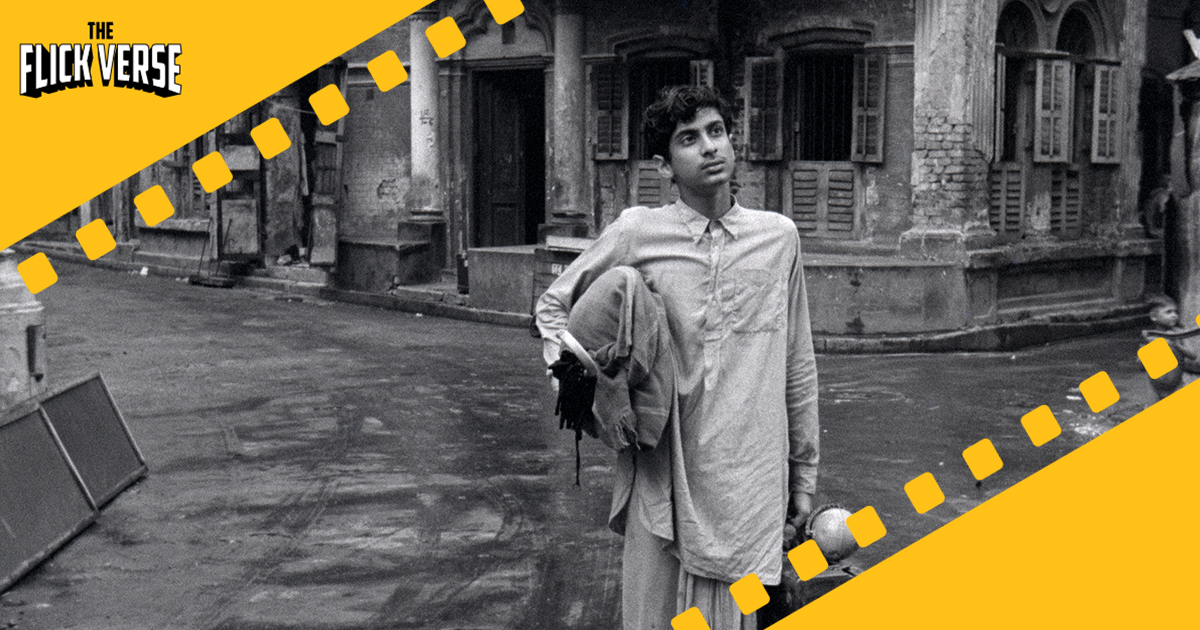
Overview
“Aparajito,” the second film in Ray’s Apu Trilogy, continues the story of Apu as he navigates adolescence and the complexities of growing up. The film explores Apu’s relationship with his mother, Sarbajaya, and their struggles after the death of Apu’s father. It also delves into themes of ambition, education, and cultural identity.
Impact
The film received widespread acclaim and won the Golden Lion at the Venice Film Festival in 1957. “Aparajito” solidified Ray’s reputation as a filmmaker capable of storytelling that transcends cultural and linguistic barriers. It is often considered one of the finest films ever made, contributing significantly to India’s cinematic heritage.
Key Elements
Ray’s masterful direction is evident in the film’s pacing and emotional depth. The cinematography, coupled with the evocative score by Ravi Shankar, enhances the film’s meditative quality. The exploration of Apu’s internal conflict and his quest for identity is portrayed with sensitivity and nuance, making it a deeply relatable narrative for audiences of all backgrounds.
3. Apur Sansar :
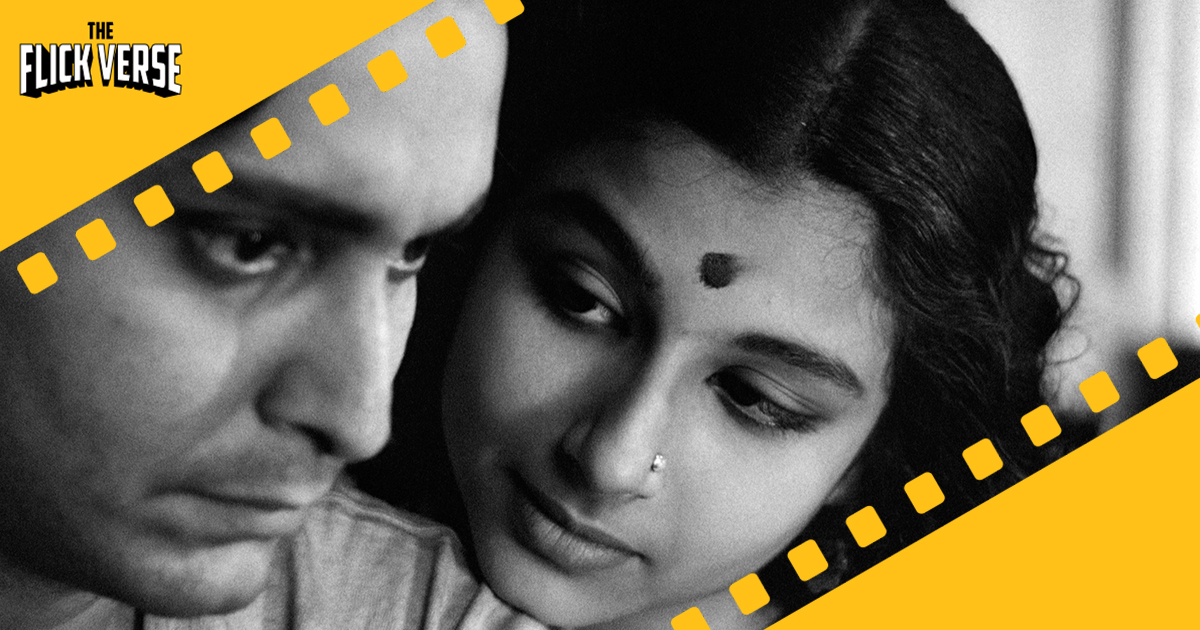
Overview
“Apur Sansar,” the final installment of the Apu Trilogy, follows Apu into adulthood as he grapples with the challenges of life, love, and loss. The film explores Apu’s journey as he becomes a writer and eventually finds love, only to face tragic circumstances that test his resilience.
Impact
“Apur Sansar” is celebrated for its emotional depth and is often viewed as a poignant conclusion to the Apu Trilogy. The film has received critical acclaim for its exploration of human relationships, grief, and the passage of time. It won several awards, including the National Film Award for Best Feature Film.
Key Elements
The film’s cinematography captures the beauty of rural India, while Ray’s use of symbolism adds layers to the narrative. The character development is profound, particularly in Apu’s relationships with his wife, Aparna, and his son. The film’s exploration of the cyclical nature of life and the importance of memory resonates deeply with viewers, making it a timeless classic.
4. Charulata :
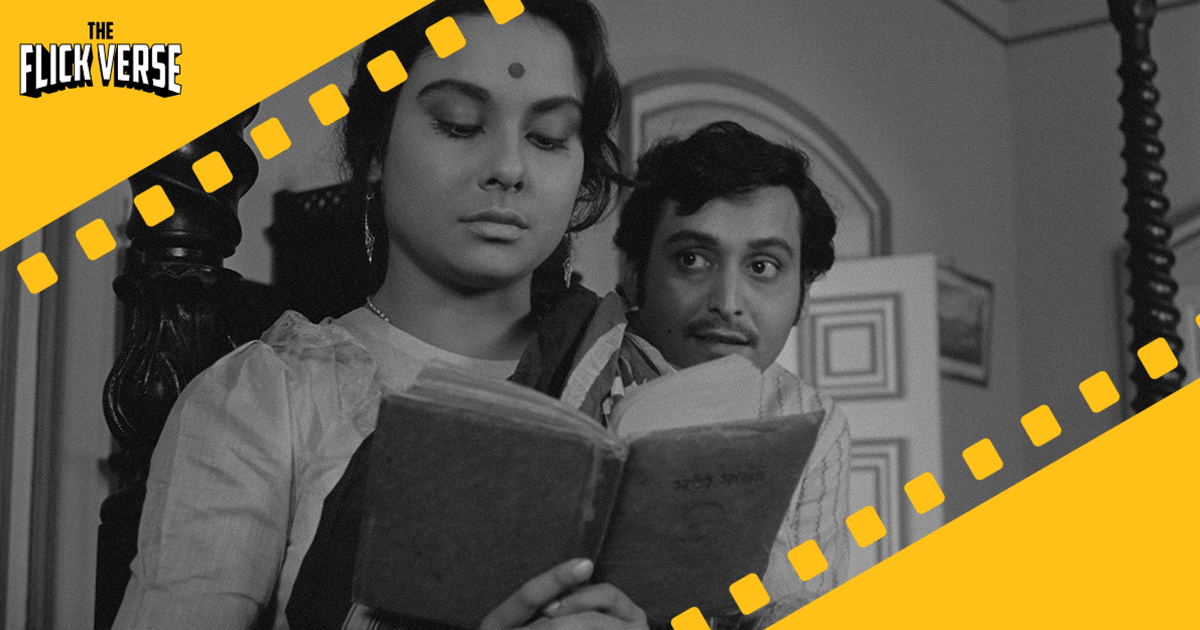
Overview
“Charulata,” based on Rabindranath Tagore’s novella “Noukadubi,” tells the story of a lonely housewife, Charulata, who yearns for intellectual companionship and creativity. Set against the backdrop of 19th-century Bengal, the film explores themes of love, desire, and societal constraints.
Impact
“Charulata” is often hailed as one of Ray’s finest works and is celebrated for its exquisite cinematography and nuanced performances. The film won the Silver Bear at the Berlin International Film Festival in 1964 and is regarded as a landmark film in Indian cinema.
Key Elements
Ray’s meticulous attention to detail is evident in the film’s production design and use of color. The performances, particularly that of Madhabi Mukherjee as Charulata, are deeply affecting. The film’s exploration of the constraints placed on women in society and the quest for personal fulfillment is both poignant and timeless. The intimate portrayal of Charulata’s inner life and her relationship with her husband and her brother-in-law adds emotional depth to the narrative.
5. The World of Apu :
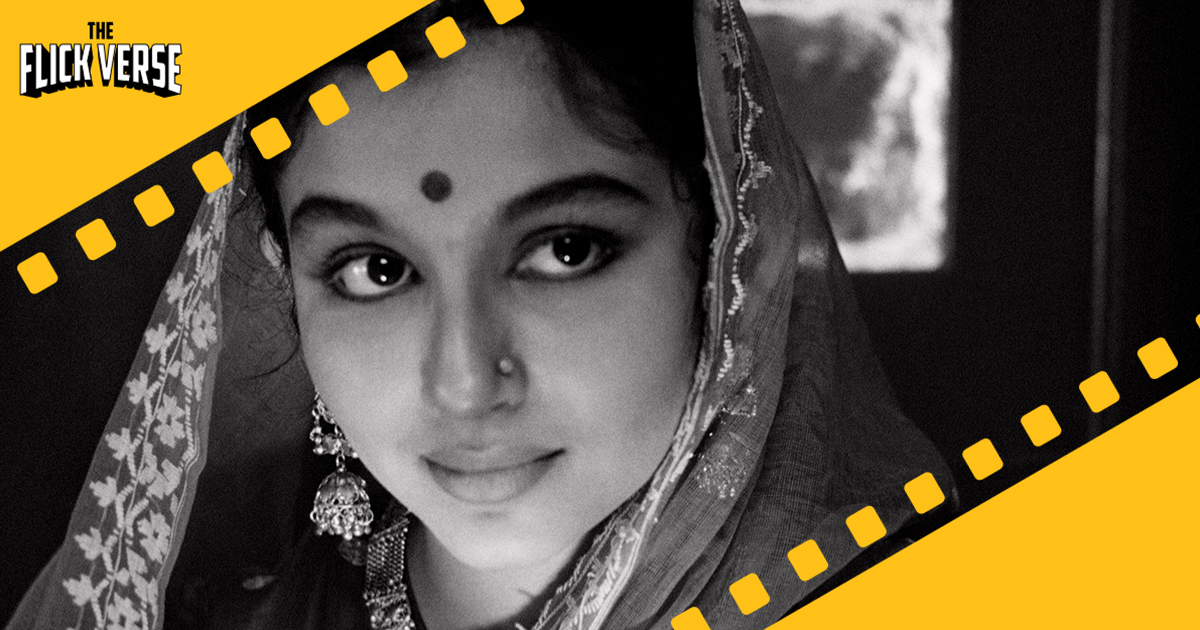
Overview
“The World of Apu,” also known as “Apur Sansar,” continues the journey of Apu as he navigates adulthood. The film follows his struggles as a writer and his quest for love in a world filled with challenges. It is a coming-of-age story that highlights the importance of relationships and the impact of loss.
Impact
The film is highly regarded for its profound themes and character development. It received critical acclaim and is often cited as one of the essential films in world cinema. Ray’s exploration of Apu’s journey resonates with audiences across cultures, making it a universal tale of love, loss, and redemption.
Key Elements
Ray’s storytelling is characterized by its emotional depth and realism. The film’s cinematography captures the essence of post-colonial India, while the score complements the narrative’s emotional beats. The development of Apu’s character, along with the relationships he forms, serves as a powerful commentary on the human experience, making it a timeless classic.
6. Shatranj Ke Khiladi :
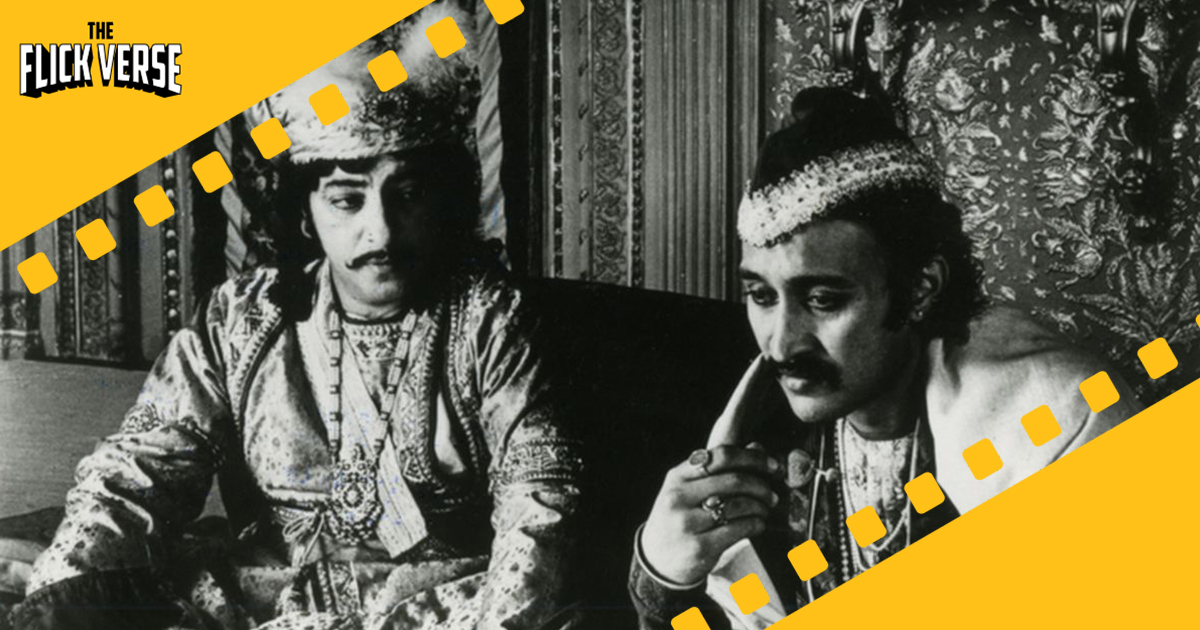
Overview
“Shatranj Ke Khiladi” (The Chess Players) is a historical drama set in 19th-century India, based on the short story by Munshi Premchand. The film tells the story of two noblemen, Mirza and Nawab, who become obsessed with the game of chess while their kingdom faces impending British colonization. The film explores themes of apathy, power dynamics, and the impact of colonialism.
Impact
The film received critical acclaim and was screened at the Cannes Film Festival in 1977, showcasing Ray’s ability to tackle complex political themes within a historical context. It has been praised for its rich characterizations and visual storytelling.
Key Elements
Ray’s direction is marked by its subtlety and depth. The film’s cinematography beautifully captures the opulence of the era, while the performances of the lead actors, especially Saeed Jaffrey and Shabana Azmi, breathe life into their characters. The film’s exploration of the consequences of indifference in the face of change serves as a poignant commentary on the human condition.
7. Ghare-Baire :
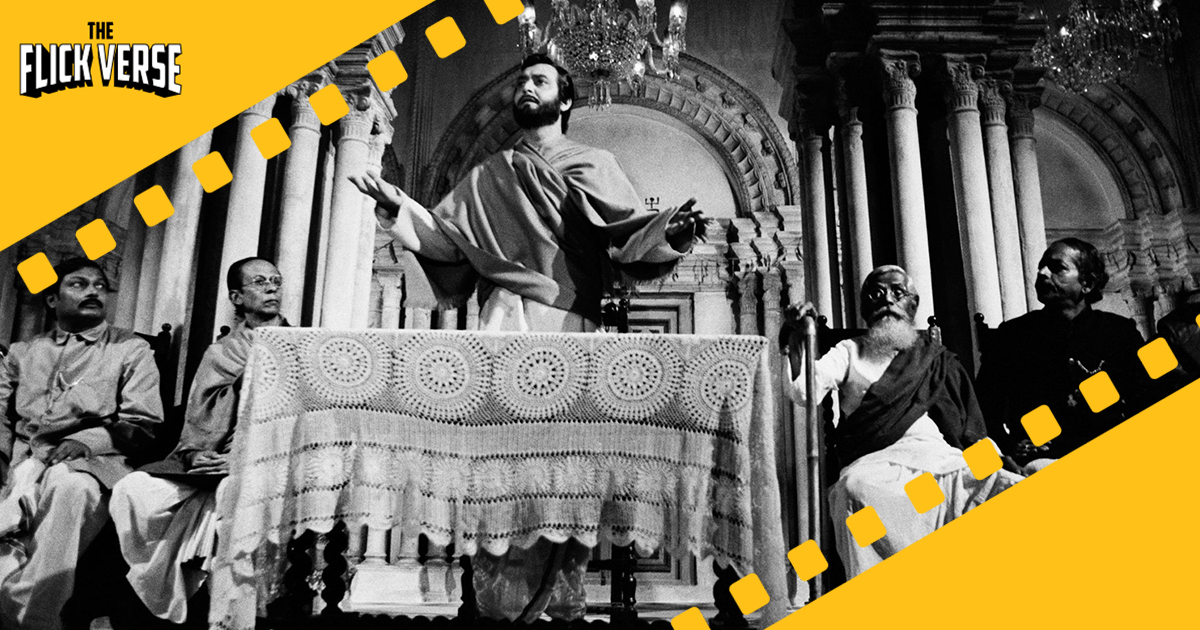
Overview
“Ghare-Baire” (The Home and the World) is based on Rabindranath Tagore’s novel and centers around the complexities of love and nationalism during the anti-colonial struggle in India. The film follows the lives of a married couple, Nikhil and Bimala, and their interactions with a revolutionary, Sandip.
Impact
The film received critical acclaim for its exploration of gender roles, political ideologies, and the emotional turmoil of its characters. It won the National Film Award for Best Feature Film and is often regarded as one of Ray’s most thought-provoking works.
Key Elements
Ray’s direction is characterized by its intellectual depth and emotional nuance. The film’s cinematography beautifully captures the essence of rural Bengal, while the performances of the lead actors, particularly Swatilekha Sengupta as Bimala, add layers to the narrative. The interplay between personal relationships and nationalistic fervor serves as a powerful commentary on the socio-political landscape of the time.
Conclusion
Satyajit Ray’s contributions to cinema are immeasurable, and his films continue to resonate with audiences worldwide. His ability to explore complex themes, create relatable characters, and capture the essence of human emotions has solidified his status as one of the greatest filmmakers in history. Each of the seven films discussed in this article showcases Ray’s unique vision and his commitment to storytelling that transcends cultural boundaries.
From the poignant journey of Apu in “Pather Panchali” to the intricate exploration of relationships in “Charulata,” Ray’s films invite viewers to reflect on the intricacies of life, love, and the human experience. As we celebrate his legacy, it is evident that Satyajit Ray’s work will continue to inspire filmmakers and audiences for generations to come. Exploring his films is not just a journey through cinema; it is a journey through the very fabric of human existence.
For More – Visit our Web Stories.
Alternative Movies Posters – Digital Download | Minimal Posters | Instant Download











